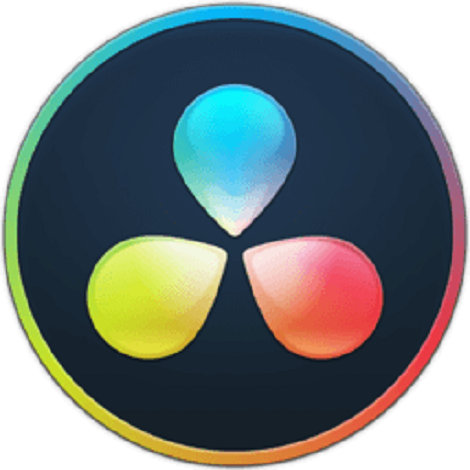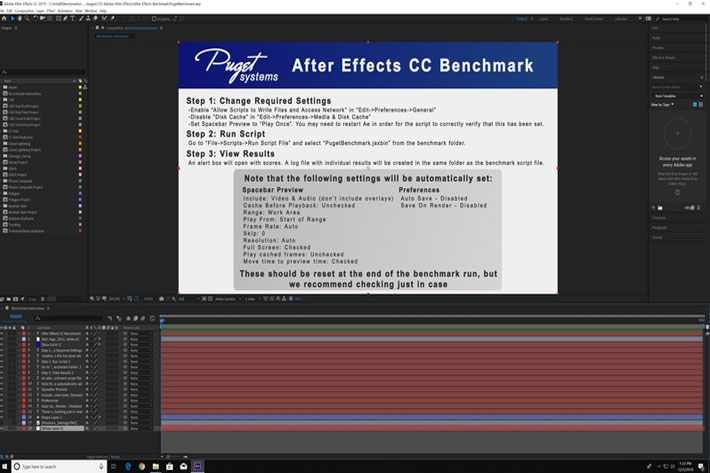


There are fraction of a second gains from this being an NVMe drive (not worth it) but the NVMe slots are far, far better used for the following drives. Will having drive 2 be only sata bottleneck the whole performance gain of having the other drives be gen 4 nvme drives? Should I use a 1TB NVME 980 pro with pcie adapter for drive 2 instead? Is there a better way to do this? For maximal performance, should all the three drives be nvme gen 4? I only have 2 NVME slots on my motherboard, so I was thinking of doing the following: Is this strictly only for importing and storing the media files from the camera SD card for the current project, and then when I finish the project I delete them for the next project? When I save the project I am working on, Is this the drive I chose to save it to, or should I only be saving to drive 1 since that's where the Davinci installation is located? Is there anything else I store on here? I don't understand how "project files" drive is supposed to be used. You can read the documentation to customize FFmpeg.I constantly see this 3 drive SSD internal configuration recommended for Davinci resolve:ĭrive 4: external HDD for long term storage. To transcode our video, we are using FFmpeg.įFmpeg is a very powerful video transcoding and processing library and has many customization options. Therefore, if you record video using this codec, you have to transcode the video to another format that DaVinci Resolve supports. In the free version of DaVinci Resolve, the H264 codec is not supported. Video Transcode to Use in Davinci Resolve

If you are a professional video editor, consider buying the gadgets you may need. If you buy any Blackmagic gadgets, you get the studio version free of cost.

To make simple YouTube videos, the free version is enough for most users. The DaVinci Resolve free version comes with all the basic features you need to edit your video, make motion graphics, color correct and edit your sounds.Īlong with the free version, DaVinci Resolve studio version (paid) adds features such as a neural engine, stereoscopic 3D tools, dozens of extra Resolve FX filters, and Fairlight FX audio plugins, plus advanced HDR grading and HDR scopes.Īll the studio features are required if you are working on a huge project, like filmmaking and documentaries.


 0 kommentar(er)
0 kommentar(er)
